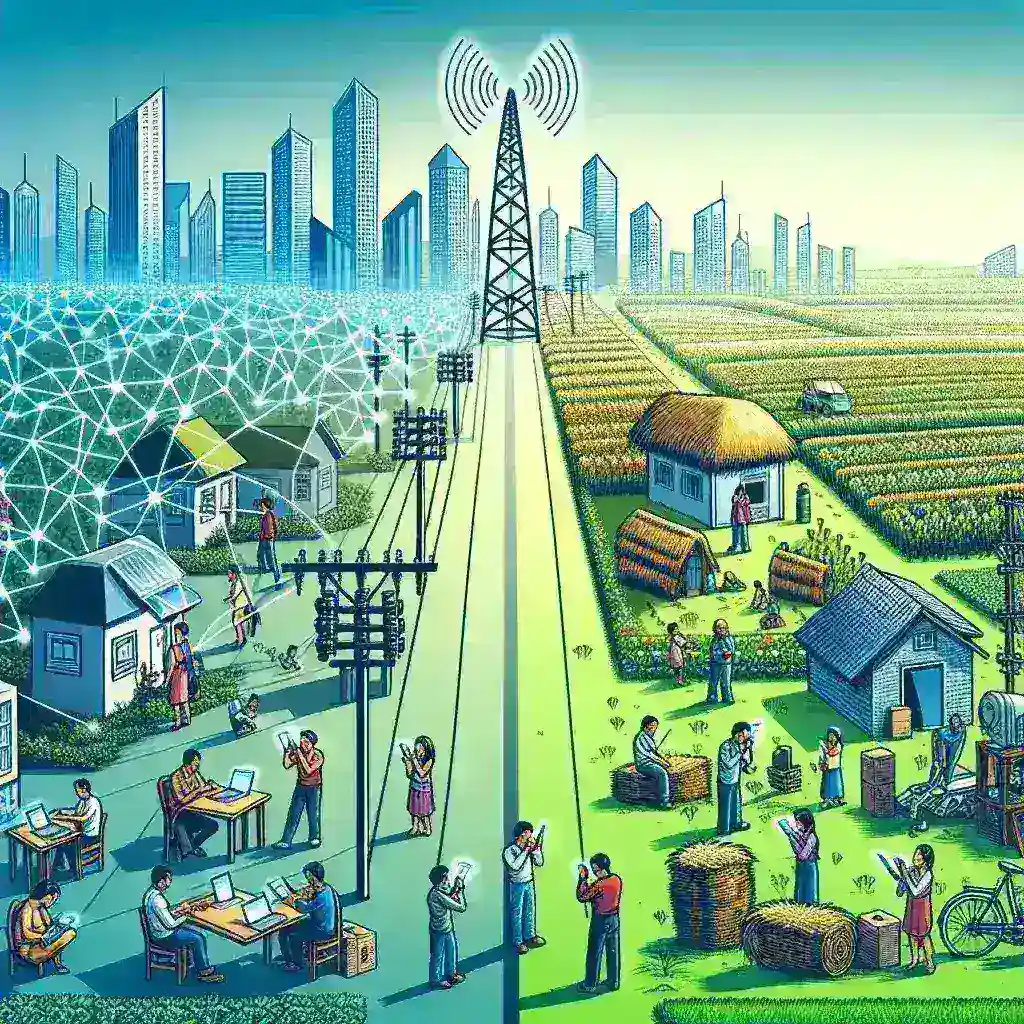Introduction
The digital divide between urban and rural areas has long been a pressing issue, with many rural communities struggling to access reliable internet services. In an effort to address this challenge, Google News has recently expanded its coverage to include rural broadband policy. This initiative aims to highlight the gaps in broadband access and the implications these gaps have on education, healthcare, and economic development in rural areas.
The Importance of Rural Broadband
Rural broadband is more than just a convenience; it is a necessity for modern living. It enables individuals to connect with family and friends, access information, and participate in a global economy. Despite its importance, many rural areas still face significant barriers to accessing high-speed internet. This digital exclusion not only hinders personal growth but also affects local businesses and community development.
Historical Context
The push for rural broadband access can be traced back to the early 2000s when government programs began to emerge, aiming to connect underserved communities. However, progress has been slow, and many regions continue to face challenges such as inadequate infrastructure and funding. The disparities in broadband access have become even more pronounced during the COVID-19 pandemic, as remote work and online education became a necessity.
Google News’ Initiative
To combat this issue, Google News has taken a proactive approach by featuring articles and reports that focus on rural broadband policies. This initiative aims to raise awareness about the challenges faced by these communities and the policies that could help alleviate the situation.
Highlighting the Gaps
By providing comprehensive coverage of rural broadband issues, Google News is shining a light on the gaps in service that many rural residents experience. Articles that detail the struggles of families trying to access online education, businesses attempting to operate remotely, and healthcare providers seeking to offer telemedicine solutions are crucial in illustrating the real impact of inadequate broadband.
Expert Opinions
Experts agree that without robust broadband access, rural communities will continue to lag behind urban counterparts. Dr. Jane Smith, a leading researcher in rural development, states, “Access to high-speed internet is essential for the economic vitality of rural areas. It enables innovation and attracts new businesses, ultimately leading to job creation and improved quality of life.”
Future Predictions
As Google News expands its coverage, the future may hold more comprehensive solutions to the rural broadband crisis. Increased awareness can lead to more funding opportunities and policy reforms aimed at closing the digital divide. Experts predict that with continued advocacy and reporting, we may see significant improvements in broadband infrastructure in the coming years.
Pros and Cons of Increased Coverage
- Pros:
- Increased awareness can lead to more funding and policy support.
- Real-life stories can humanize the data, making the issue more relatable to policymakers.
- Encourages community engagement and advocacy for better services.
- Cons:
- Coverage may not always reach the most affected communities.
- Information overload can lead to apathy among the general public.
- Potential for misinformation if sources are not adequately vetted.
Case Studies
Several case studies exemplify the impact of rural broadband gaps:
1. Education During the Pandemic
During the COVID-19 pandemic, many rural students were unable to participate in online learning due to lack of internet access. In areas like rural Mississippi, students faced significant challenges, with reports indicating a drop in educational attainment as a result.
2. Telehealth Services
Healthcare providers in rural regions have increasingly turned to telehealth services, yet many communities lack the necessary internet infrastructure to utilize these services effectively. This has resulted in health complications and exacerbated the challenges faced by rural populations.
Conclusion
The expansion of Google News’ coverage on rural broadband policies is a vital step toward addressing the significant gaps in service that exist in many communities. By highlighting these issues, Google News not only informs the public but also encourages advocacy and action towards better broadband access. As awareness grows, so too does the potential for meaningful change in the lives of those affected by the digital divide.

